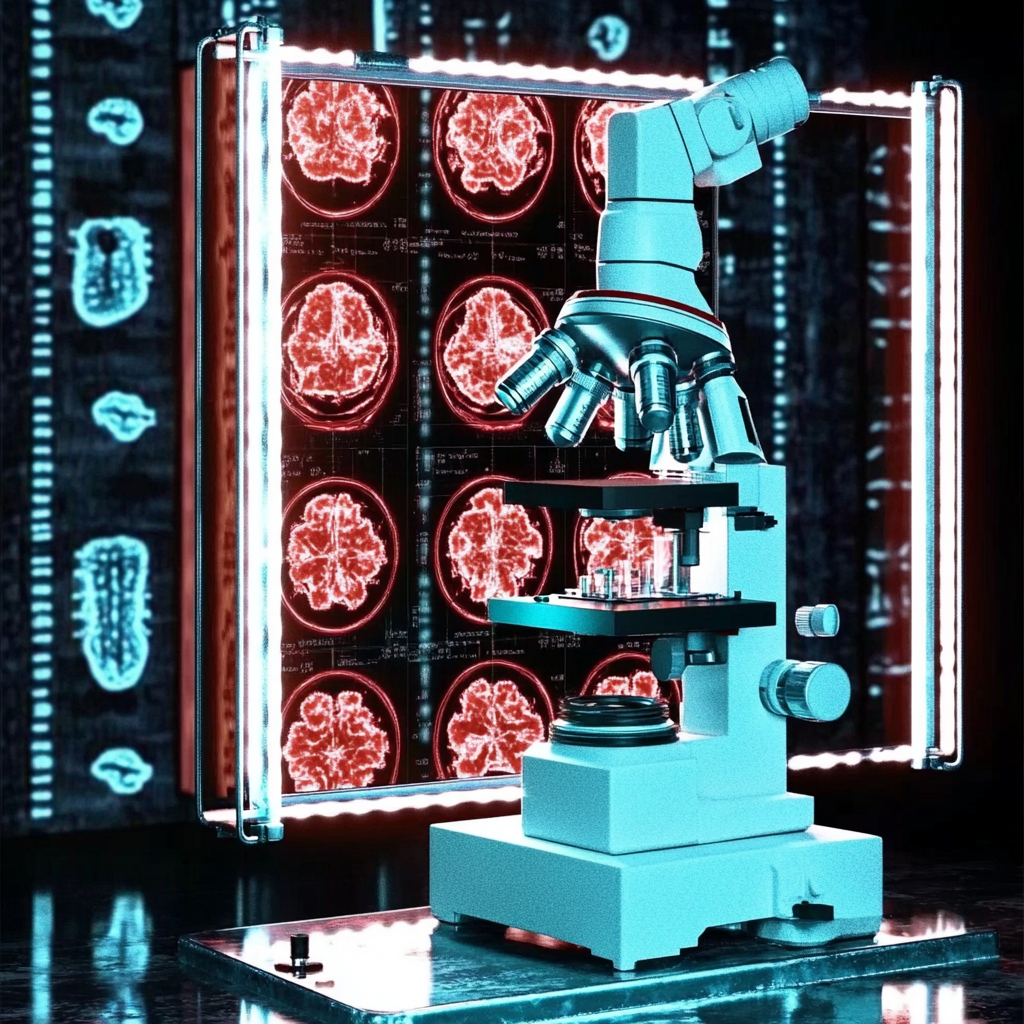Arch Orthop Trauma Surg. 2025 Jun 19;145(1):347. doi: 10.1007/s00402-025-05964-z.
ABSTRACT
OBJECTIVES: To report tendon pathology present on imaging and relationships to pain, function and disability in participants with gluteal tendinopathy (GT) who participated in a multi-centre randomised clinical trial.
MATERIALS AND METHODS: Imaging findings were examined in 204 participants with GT. Magnetic Resonance Images (MRI) and x-ray were evaluated against pre-determined criteria by experienced radiologists, blind to clinical findings, who reported on location of tendon pathology, presence and severity of tendon tears and location and presence of calcification. Severity of changes seen on MRI were scored and analyses for relationships to pain, function and disability were performed.
RESULTS: Information on location and severity of tendon pathology was available for 202 (99%) of the 204 LEAP trial participants. Tendon pathology was commonly present in both the gluteus medius (GMed) and gluteus minimus (GMin) tendons (130/202; 64%), with tears in one or both tendons in 85 (42%) participants. Of 99 tears across both tendons, 77 (78%) were partial-thickness and 22 (22%) were full-thickness in nature. The anterior aspect of the GMed tendon and the posterior aspect of the GMin tendon were most afflicted. Calcifications at the lateral ilium or greater trochanter were evident on x-ray in 73 (36%) participants. Pain, function and disability were not associated with the severity of changes on MRI.
CONCLUSION: In a clinical trial of people with GT, a substantial number of participants had multiple tendons affected, as well as concomitant tendon tears and calcification. MRI detected changes were not associated with levels of pain, function or disability.
PMID:40536522 | DOI:10.1007/s00402-025-05964-z
